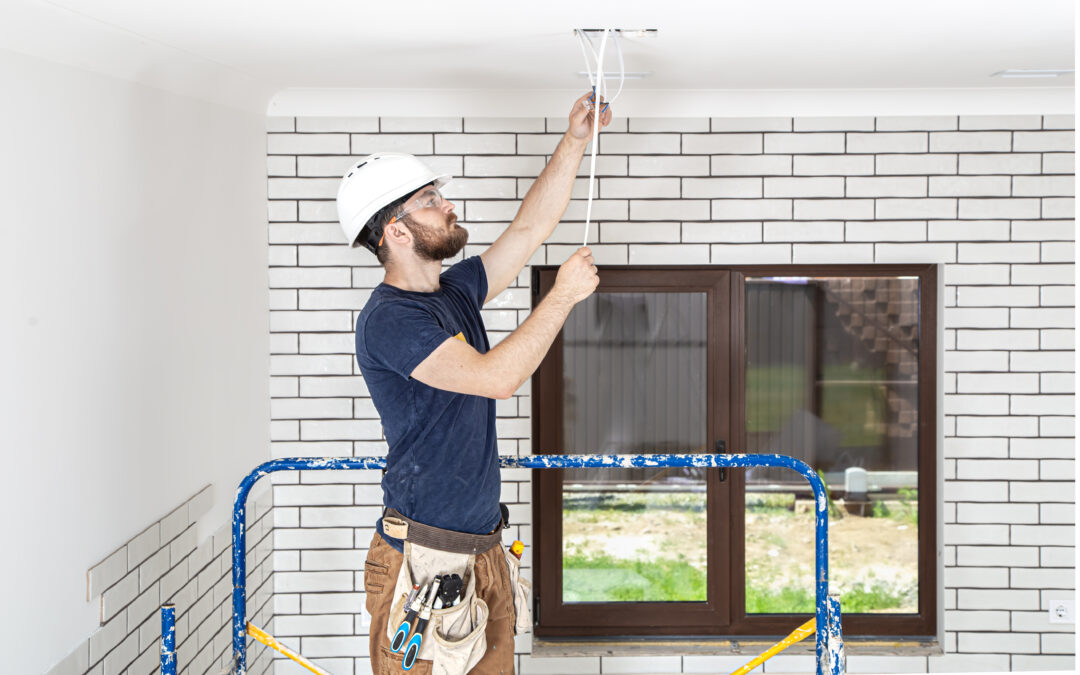Water damage is one of the most common and costly issues faced by homeowners. From leaky roofs to damp basements, water infiltration can lead to structural damage, mold growth, and health hazards. That’s why waterproofing is a crucial aspect of home construction. In this guide, we will decode the technicalities of waterproofing systems, exploring the methods, materials, and considerations involved in keeping your home dry and protected.
Understanding the Basics of Waterproofing
Waterproofing is the process of making a structure resistant to water and moisture. In home construction, waterproofing is applied to various areas such as basements, roofs, foundations, and walls to prevent water infiltration. Waterproofing not only protects the structure from damage but also improves its longevity and durability.
Types of Waterproofing Systems
There are several types of waterproofing systems used in home construction, each with its own advantages and applications:
- Exterior Waterproofing: This method involves applying waterproofing materials to the exterior walls and foundation of the home to prevent water from entering the structure.
- Interior Waterproofing: Interior waterproofing is done on the inside of the home, typically in basements and crawl spaces, to prevent water from seeping through walls and floors.
- Basement Waterproofing: Basement waterproofing is crucial for preventing water infiltration in below-grade spaces. It includes both interior and exterior waterproofing methods.
- Roof Waterproofing: Roof waterproofing is done to protect the roof from water damage and leaks. It involves applying waterproofing materials to the roof surface and around roof penetrations.
- Foundation Waterproofing: Foundation waterproofing is essential for protecting the foundation from water damage. It involves applying waterproofing materials to the foundation walls and footings.
Waterproofing Materials
Various materials are used in waterproofing systems, each with its own properties and applications:
- Cementitious Waterproofing: This type of waterproofing uses cement-based materials that are mixed with water to form a waterproof barrier.
- Bituminous Waterproofing: Bituminous waterproofing involves using bitumen, a sticky, black, and viscous form of petroleum, as a waterproofing agent.
- Polyurethane Liquid Membrane: Polyurethane liquid membrane is a flexible, waterproof coating that is applied to surfaces to create a seamless barrier against water.
- EPDM Rubber Membrane: EPDM rubber membrane is a durable and flexible rubber material that is used in waterproofing systems for roofs and foundations.
- PVC Waterproofing Membrane: PVC waterproofing membrane is a synthetic material that is used to create a waterproof barrier on surfaces such as roofs and foundations.
Waterproofing Methods
The method used for waterproofing depends on the area being waterproofed and the type of waterproofing system being applied. Some common waterproofing methods include:
- Sheet Membrane Waterproofing: This method involves applying a waterproof membrane sheet to the surface to create a barrier against water.
- Liquid Waterproofing Membrane: Liquid waterproofing membrane is applied as a liquid and dries to form a seamless waterproof barrier.
- Integral Waterproofing: Integral waterproofing involves adding waterproofing agents to concrete or mortar mixtures to make them waterproof.
- Cementitious Waterproofing Coatings: Cementitious waterproofing coatings are applied to surfaces as a thick paste or slurry and dry to form a waterproof barrier.
Factors to Consider in Waterproofing
Several factors should be considered when waterproofing a home, including:
- Climate and Weather Conditions: The climate and weather conditions in your area will affect the choice of waterproofing materials and methods.
- Soil Conditions: The type of soil around your home can affect water drainage and the likelihood of water infiltration.
- Building Design and Usage: The design of your home and how it is used will affect the areas that need waterproofing and the level of protection required.
- Maintenance and Repair: Regular maintenance and timely repairs are essential for ensuring the effectiveness of waterproofing systems.
Benefits of Professional Waterproofing Services
While some homeowners may attempt waterproofing as a DIY project, hiring a professional waterproofing contractor offers several advantages:
- Expertise and Experience: Professional waterproofing contractors have the knowledge and experience to assess your home’s waterproofing needs and recommend the best solutions.
- Quality Materials and Equipment: Professional waterproofing contractors use high-quality materials and equipment to ensure long-lasting waterproofing solutions.
- Warranty and Guarantee: Professional waterproofing contractors typically offer warranties and guarantees on their work, providing you with peace of mind.
Conclusion
Waterproofing is a critical aspect of home construction that should not be overlooked. By understanding the technicalities of waterproofing systems and choosing the right materials and methods, you can protect your home from water damage and ensure its longevity and durability. Whether you choose to tackle waterproofing as a DIY project or hire a professional waterproofing contractor, the key is to prioritize waterproofing in your home construction plans.

